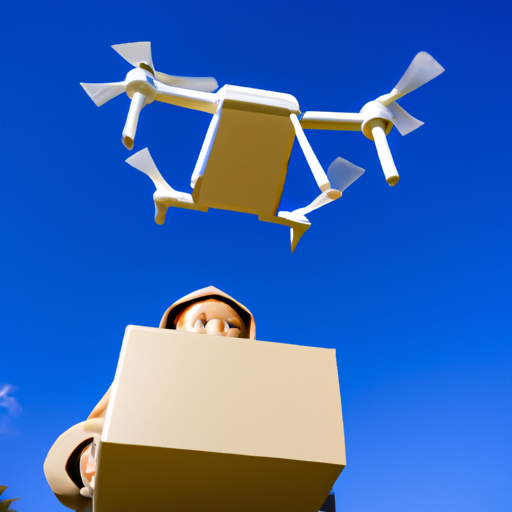In recent years, NFTs or Non-Fungible Tokens have taken the digital world by storm, changing the way we think about ownership and value in the realm of art, collectibles, and beyond. In this post, we’ll delve into the essentials of NFTs, how they work, and their significant impact on various industries.
What are NFTs?
NFTs are unique digital assets verified using blockchain technology, which ensures that each token is distinct and cannot be replaced with something else, hence the term ‘non-fungible.’ Unlike cryptocurrencies like Bitcoin or Ethereum, which are fungible (meaning one can be exchanged for another), NFTs represent individual items or works of art.
How Do NFTs Work?
At their core, NFTs operate on blockchain technology. Most NFTs are built on the Ethereum blockchain, which supports smart contracts that facilitate the buying, selling, and trading of NFTs.
- Ownership Verification: When you purchase an NFT, you gain ownership of that digital item, verified by the blockchain.
- Transfer and Sales: NFTs can be bought, sold, or traded on various online marketplaces like OpenSea, Rarible, and NBA Top Shot.
- Smart Contracts: NFTs utilize smart contracts to manage the ownership history and enforce certain rights and rules between parties.
Applications of NFTs
NFTs have a wide array of applications, transforming traditional finance, art, and entertainment:
- Digital Art: Artists are leveraging NFTs to sell and monetize their work in new ways. The sale of Beeple’s digital collage for $69 million exemplifies this shift.
- Gaming: Video games like Axie Infinity and Decentraland employ NFTs to give players ownership of in-game assets, leading to new economic models.
- Collectibles: From virtual trading cards to unique digital souvenirs, collectibles have evolved with NFTs, appealing to enthusiasts and collectors globally.
Challenges and Considerations
While NFTs offer exciting possibilities, they also present challenges:
- Environmental Concerns: The energy consumption of blockchain networks, particularly Ethereum, has raised concerns regarding sustainability.
- Market Volatility: The NFT market can be highly volatile, with prices fluctuating significantly based on demand and trends.
- Legal Issues: Ownership rights and copyright issues surrounding digital artwork can lead to legal confusion.
The Future of NFTs
The future of Non-Fungible Tokens is bright, with continuous advancements in technology and growing interest from sectors outside of art and gaming. As more industries explore the potential applications of NFTs, we can expect innovative use cases to emerge, reshaping how we engage with digital content.
Conclusion
NFTs are revolutionizing the way we perceive digital ownership and value. Whether you’re an artist, collector, or investor, understanding the fundamentals of NFTs is essential in navigating this exciting digital frontier. As the technology evolves, staying informed will be key to making the most of the opportunities that arise.
Are you ready to dive into the world of Non-Fungible Tokens? Share your thoughts in the comments below!













